That could mean intelligence is a fundamental property that structures like the brain interact with.


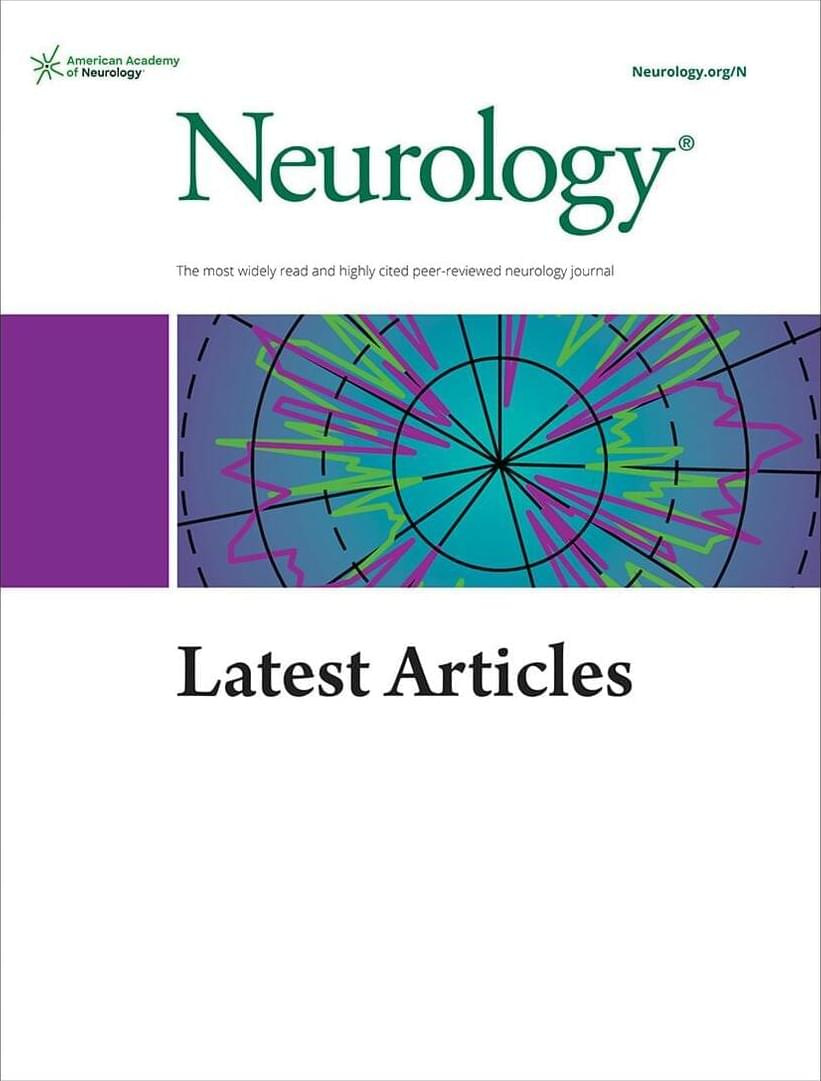
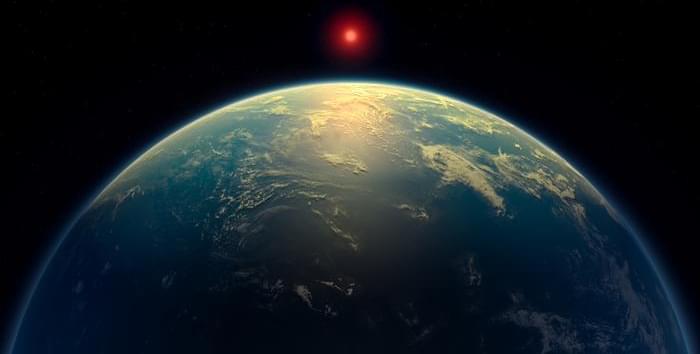
After confirming the potential historic observation, the results were evaluated for several possible errors. The work was also analyzed independently. Each time, the team came back to the conclusion that they may have found the first potential signs of life outside our solar system.
“It was an incredible realisation seeing the results emerge and remain consistent throughout the extensive independent analyses and robustness tests,” said co-author Måns Holmberg, a researcher at the Space Telescope Science Institute in Baltimore.
Notably, the concentrations of either DMS or DMDS spotted by JWST were thousands of times higher than concentrations found on Earth. According to the Cambridge astronomers, detecting high levels of either of these chemicals on Hycean (ocean) worlds due to large amounts of biological activity was previously predicted.

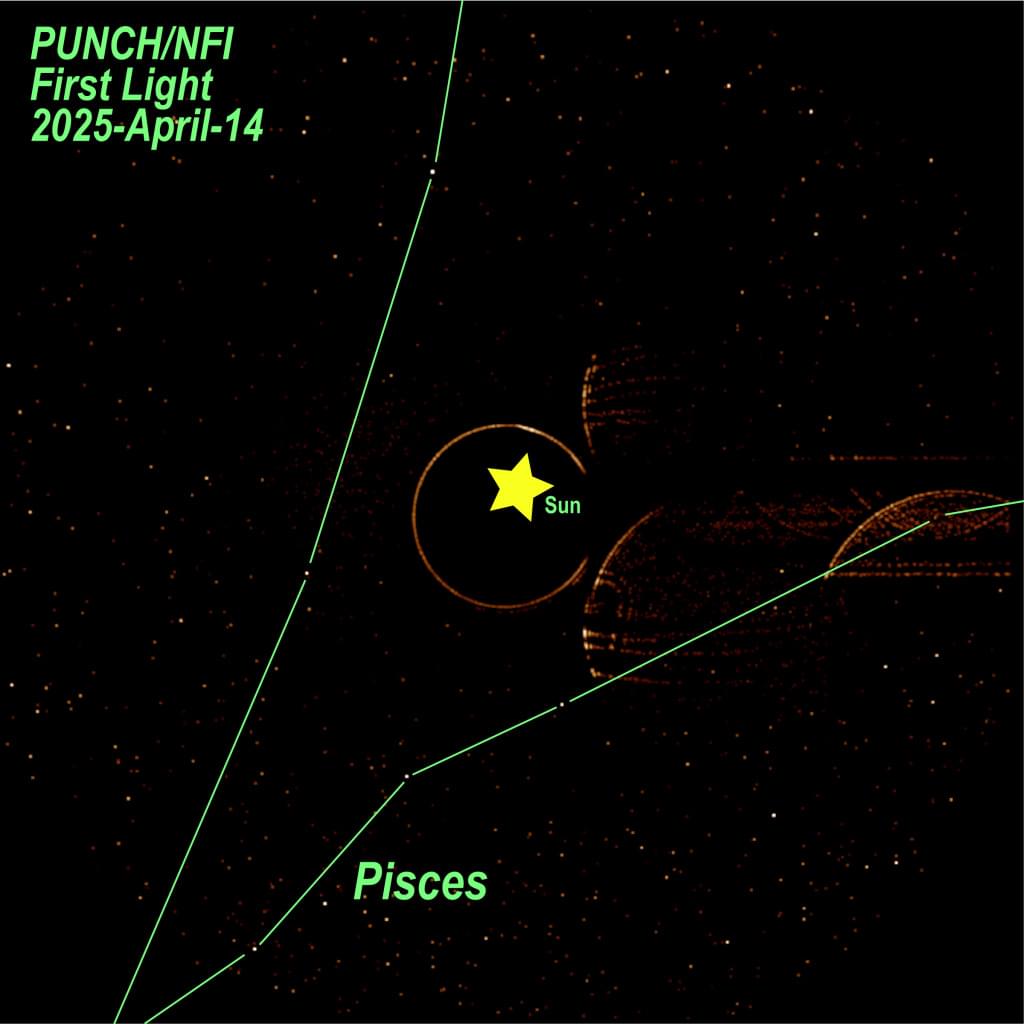
The NFI opened its eye to the sky first on April 14, imaging the Sun against the background stars of the constellation Pisces. The view here has been specifically filtered to bring out those background stars, which are otherwise blotted out by the bright zodiacal light generated by sunlight glinting off dust particles in the inner solar system. Also visible is a sliver of the Sun’s corona at center, reminiscent of the view during an annular solar eclipse.
You might notice several strange, streaky crescent-shaped artifacts at right. These arise from a small misalignment between the imager and the Sun, allowing stray sunlight to glint off the optics where it’s not quite blocked by the coronagraph. Engineers will use this and subsequent images to adjust the NFI’s position on the sky to bring it in full alignment with our star and eliminate stray light in future scientific data. Ultimately, that calibration will allow just one percent of the corona’s light through to the imager, providing clear views of faint structures and changes within the corona as the Sun spews material out into space.
Two days later, on April 16, the three WFIs got their first look at the Sun, taking in a broad view across the solar system. These instruments are designed to look at the region of space out to some 45° from the Sun’s position, roughly out to the distance of Earth’s orbit projected on the sky. Their fields of view don’t overlap, but instead form a trefoil pattern that rotates over time.
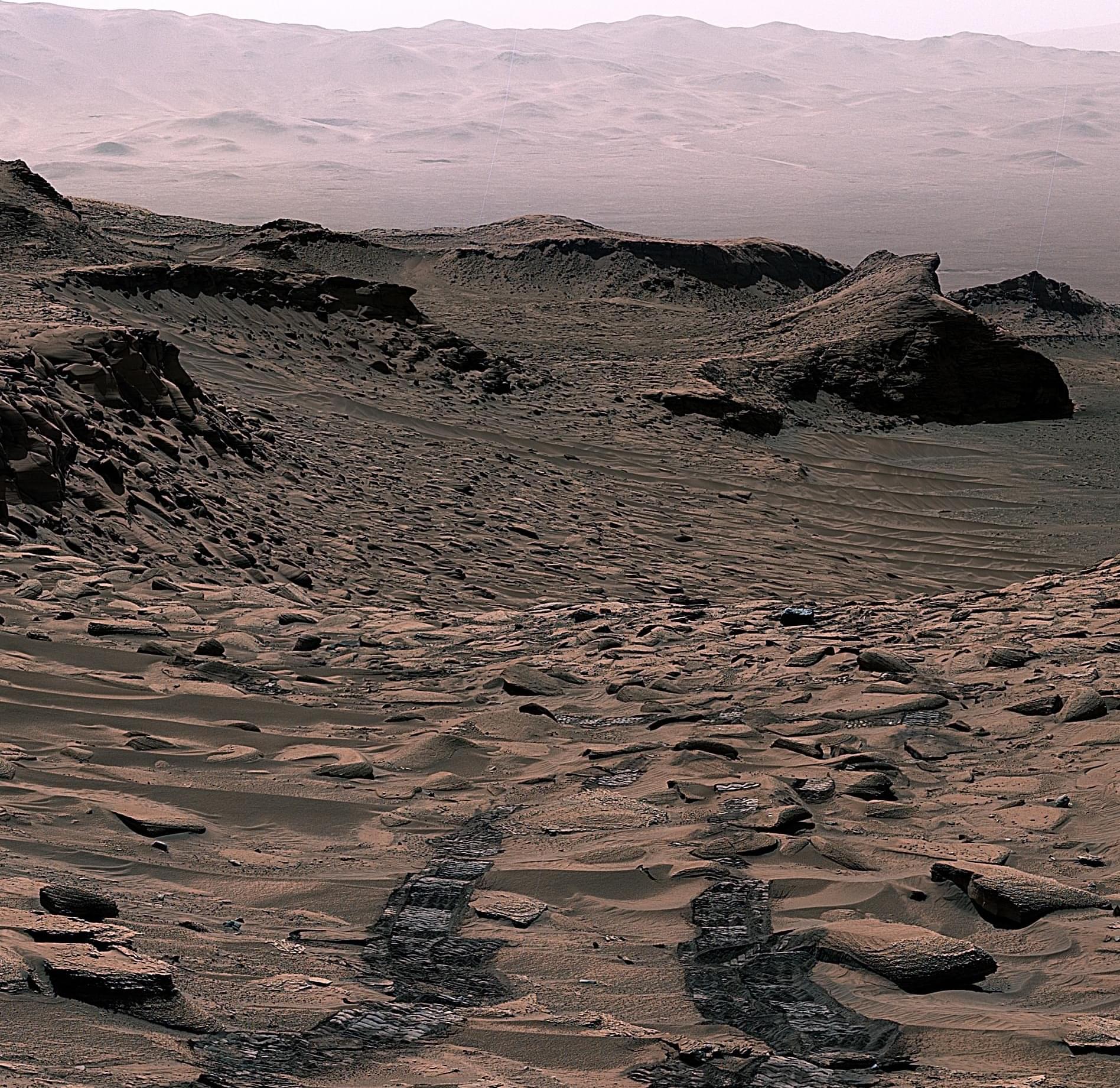

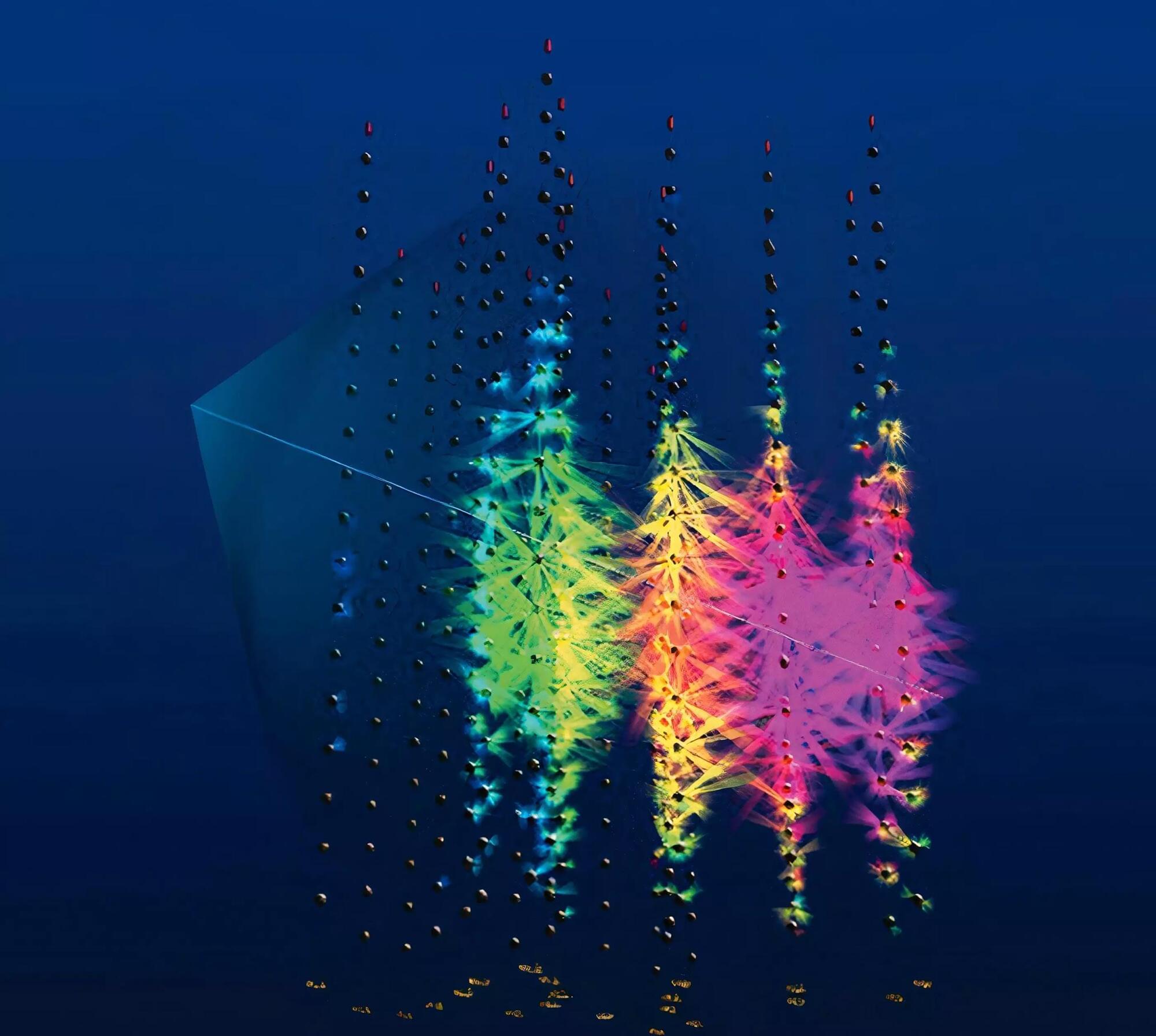
NASA’s Lucy mission is about to fly past asteroid Donaldjohanson, a strange, elongated rock in the main belt. While this three-mile-wide object isn’t one of Lucy’s primary targets, the April 20 flyby serves as a full dress rehearsal before the spacecraft heads toward the Trojan asteroids near Jup

Astronomers have detected the most promising signs yet of a possible biosignature outside the solar system, although they remain cautious.
Using data from the James Webb Space Telescope (JWST), the astronomers, led by the University of Cambridge, have detected the chemical fingerprints of dimethyl sulfide (DMS) and/or dimethyl disulfide (DMDS), in the atmosphere of the exoplanet K2-18b, which orbits its star in the habitable zone.
On Earth, DMS and DMDS are only produced by life, primarily microbial life such as marine phytoplankton. While an unknown chemical process may be the source of these molecules in K2-18b’s atmosphere, the results are the strongest evidence yet that life may exist on a planet outside our solar system.